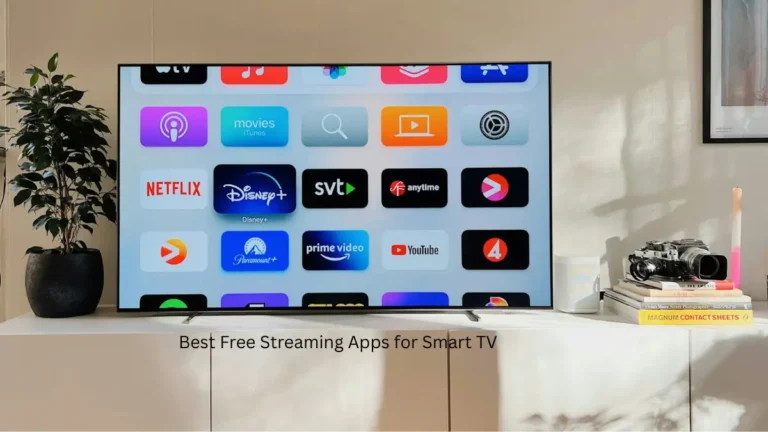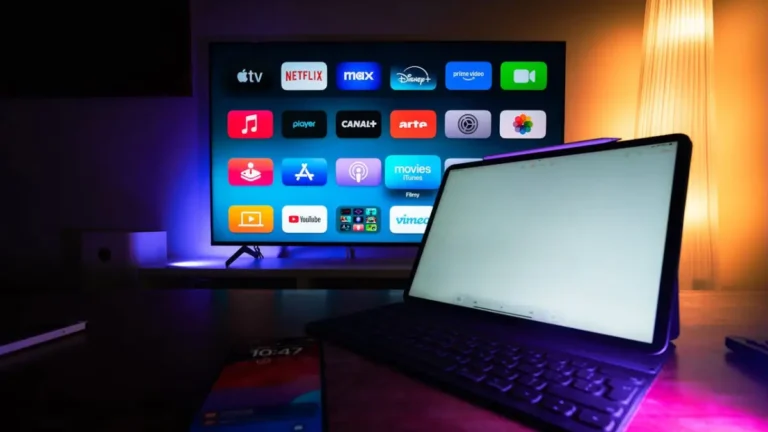The right AI devices can give you hours back each week—I’ve tested several, like robot vacuums that map your home while you’re out, watches that monitor health issues before symptoms appear. Here’s what’s worth your cash in 2025.
Robot vacuums:
Such as the Dyson 360 Vis Nav and Roborock use SLAM—Simultaneous Localization and Mapping—to navigate your home, so they’re no longer bumping around at random. They map your layout, remember high-traffic areas, and adjust suction between carpet and hardwood. The Dyson adds a 360° fisheye camera for efficient routing; though it’s about $1,200, it can save you five hours a week. I’ve run a mid-range Roborock for six months, and it knows my kitchen gets messy by Wednesday, hitting it harder automatically. That’s the difference: AI-powered models learn your habits.

Google Nest thermostats:
learn when you prefer your home warmer or cooler. They detect your presence, pre-adjust temperatures, and suggest cost-effective cooling when energy rates are lowest. They analyze energy use and optimize automatically—I installed one last winter and saw my bill drop 18% in two months. Smart thermostats save on energy and simplify life by adapting instead of making you remember the dial.

Smart Watches:
AI-powered wearables like Garmin Epix Pro and Venu 3 now monitor heart rate, blood pressure, oxygen levels, and alert you to real-time abnormalities. They go beyond step counting, offering continuous AI insights that catch issues otherwise missed. My friend’s watch flagged an irregular heartbeat during a workout; after three ECGs, AFib was diagnosed. The device provided actionable data, not just vanity metrics. Continuous tracking and improved diagnostic accuracy make these health monitors essential for early detection.

Voice Assistants:
AI-powered voice assistants like Amazon Alexa, Google Assistant, and Apple Siri streamline smart home control. Adjust lighting, entertainment, receive alerts when the fridge is low, or an appliance is failing—all hands-free. You get updates even while busy, like when cooking or leaving the house. My assistant dims lights at 9 PM, integrated into my routine.

AI security cameras:
Modern AI security cameras from Qubo, Imou, and Arlo distinguish people, pets, and vehicles, using facial recognition to minimize false alarms. Smart locks enable tamper alerts and remote access, letting you check your door from anywhere.

Translation Devices:
The Timekettle X1 Interpreter Hub translates 40 languages in real time with 85% accuracy in under five seconds. Google Pixel Buds offer quick wireless translation in many languages, ideal for business or travel. JotMe supports 77+ languages on major video meeting platforms with minimal lag, simplifying international meetings.

AI Smartphones:
Samsung’s integrating Live Translate into its S24 phones—a game-changer for conference calls. On-demand cloud processing for 13+ languages plus Circle to Search for visual info retrieval and Transcript Assist for meeting docs. The processing is done on-device, so you get performance and privacy. Or how about hosting a video call with your team and reviewing reports on your Galaxy Z Fold7 simultaneously in AI’s foldable future.

Conclusion
Real multitasking without having to decide between multitasking and juggling devices. If you’re just getting started with AI devices, prioritize based on your biggest time pain point. Here’s how: if you spend your Saturdays cleaning your floors, then a robot vacuum. If you’re constantly battling rising energy bills, go with a smart thermostat. If you always fear being sick but know the doctor’s busy, get AI smartwatch. If you are constantly trying to figure out which gadget control which bulb, get a voice assistant. The connected home market is set to hit 135 billion dollars by 2025. But don’t waste money until you find the right solution. Pick the most tool for your most time-consuming task now. Start with one, and then add over time.




